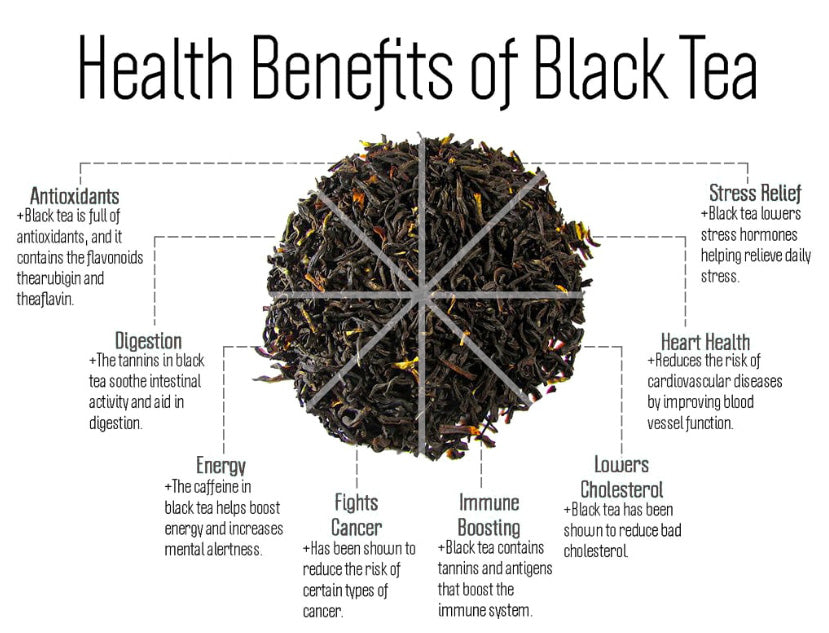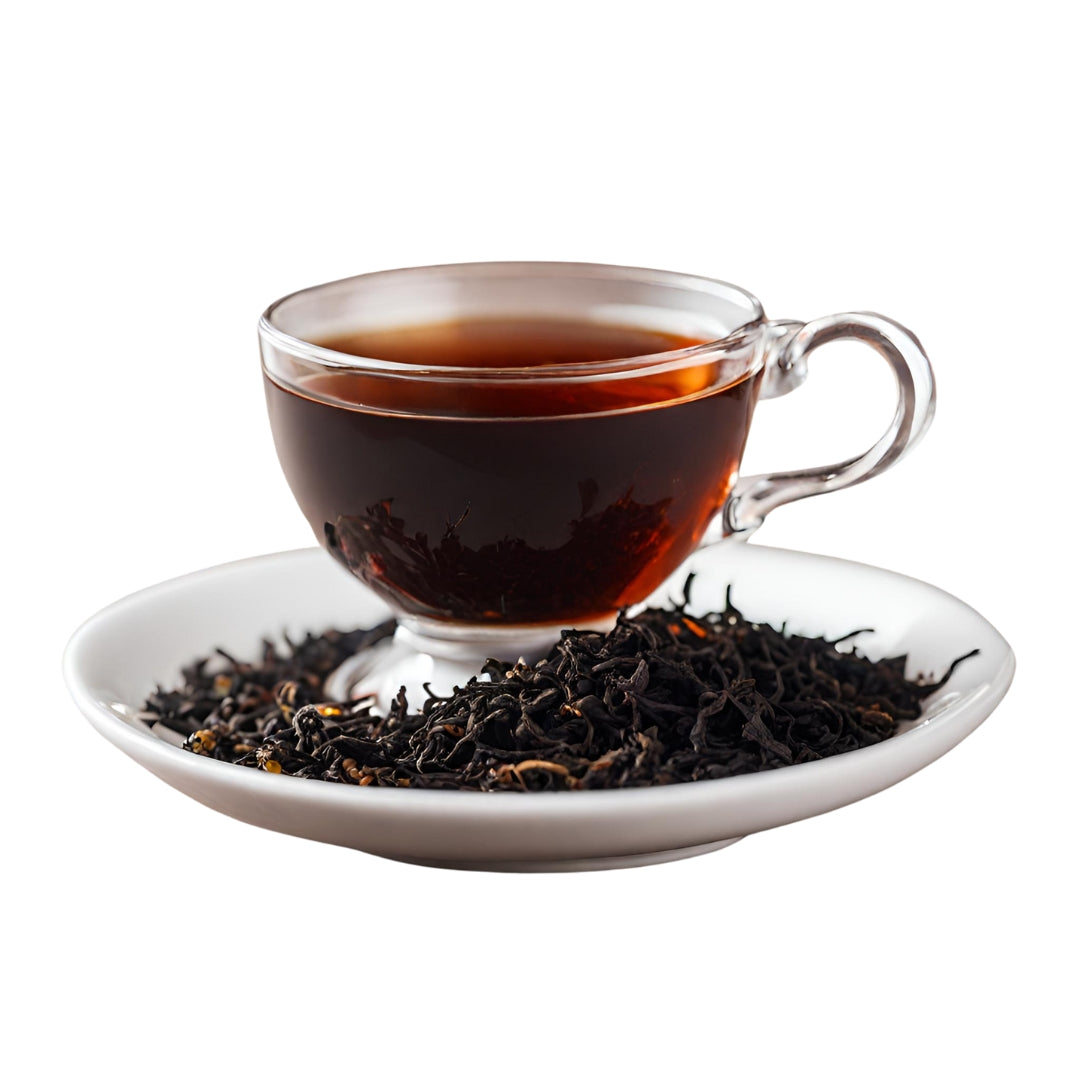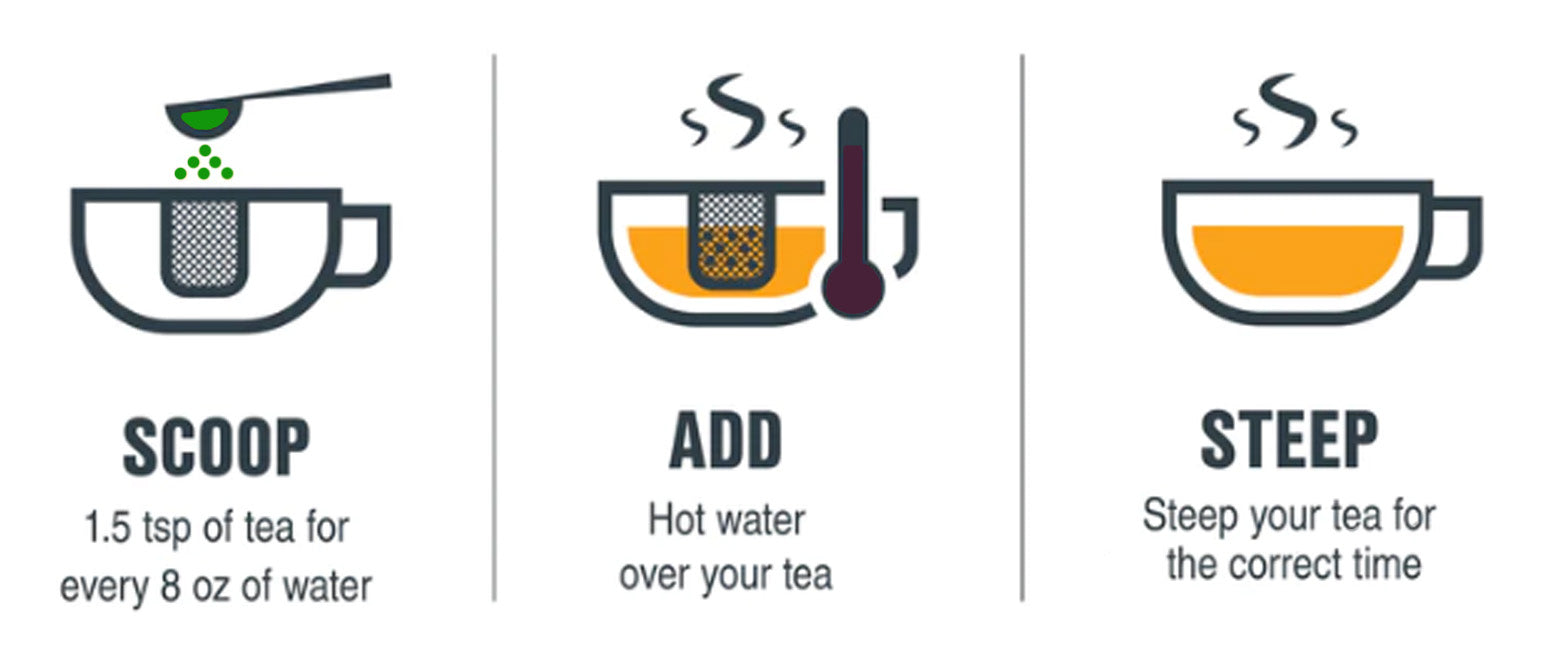Builder's Brew
Builder's Brew
Couldn't load pickup availability
Builders Brew! what more is to be said… An anytime, anywhere, invigorating black tea made from the finest quality cut tea leaves. Strong, fortifying and energising; Builders Brew is the tea of choice for the vast majority of people in the UK it can be enjoyed with milk or Lemon at any time of day.


Story

Whereas "afternoon" black teas are a story of the introduction and popularisation of tea amongst the nobility in historical Britain; the story of "builders" black teas is related to the working class and how tea became the most popular hot beverage in the UK.
As we know, black teas were introduced to the UK in the 17th century and then enjoyed at court and in royal circles, before becoming a regular feature of noble dining tables during the 18th and 19th centuries for the refined and luxurious event known as "afternoon tea". The teas served at these occasions tended to be pure, high-quality whole leaves with distinct providence and respectability.
As with many fashion trends throughout British history, what was popular with the Royals tended to filter down to the lower classes, and it is no different with tea. As tea leaves became more available, lower-quality leaves resulted in lower prices until even the most lowly working-class family considered tea a kitchen staple instead of simply an affordable luxury. Indeed by the end of the 18th century, tea was the most popular drink available!
These new, lower-quality or smaller-cut teas were not just fashionable, they also served a particular purpose and were consumed for their energising, invigorating properties. For those who were manual labourers (such as builders), tea was an important part of the working day and helped to revitalise a worker's energy throughout the day. It was also commonly consumed as the accompaniment to the late afternoon meal common with workers at the end of the working day - so common in fact that the evening meal is still referred to as "tea" in many parts of the UK.
The different cuts of leaves and the tendency towards spicy Assam leaves also resulted in bolder, stronger, and often more bitter teas that worked will when served with milk, and more recently sugar. In the centuries since it was introduced many a household has sought out the strongest, most full-bodied teas with pride as "a proper cup of tea".

Product Information
To Enjoy
Place one teaspoon per cup into an infuser, filter or teapot. Add freshly boiled water and infuse for 4 minutes. Serve immediately or remove leaves to prevent spoiling. May be enjoyed with milk or lemon to taste.
Ingredients
Ingredients
Black Tea.
Allergens Note: All products are packed in an environment that contains nuts and other allergens.
Our Sizes Explained
Caddies
Caddies

Standard Caddy
Our bespoke white and lilac caddy is the perfect way to keep your infusion fresh.
Contains enough for approximately 40 cups of happiness.
Refill Pouch
Refill Pouch

The refill carton, available in Standard and Large, is a perfect, environmentally friendly way to replenish your Tea Palace Caddies.
Contains enough for approximately 40 cups (Standard) or 60 cups (Large) of one of our infusions.
Sample Caddy
Sample Caddy

Our small sample size caddy weighs 45g and is the perfect way to try a new infusion or multiple different blends.
It contains enough for approximately 10 cups of goodness.
Share
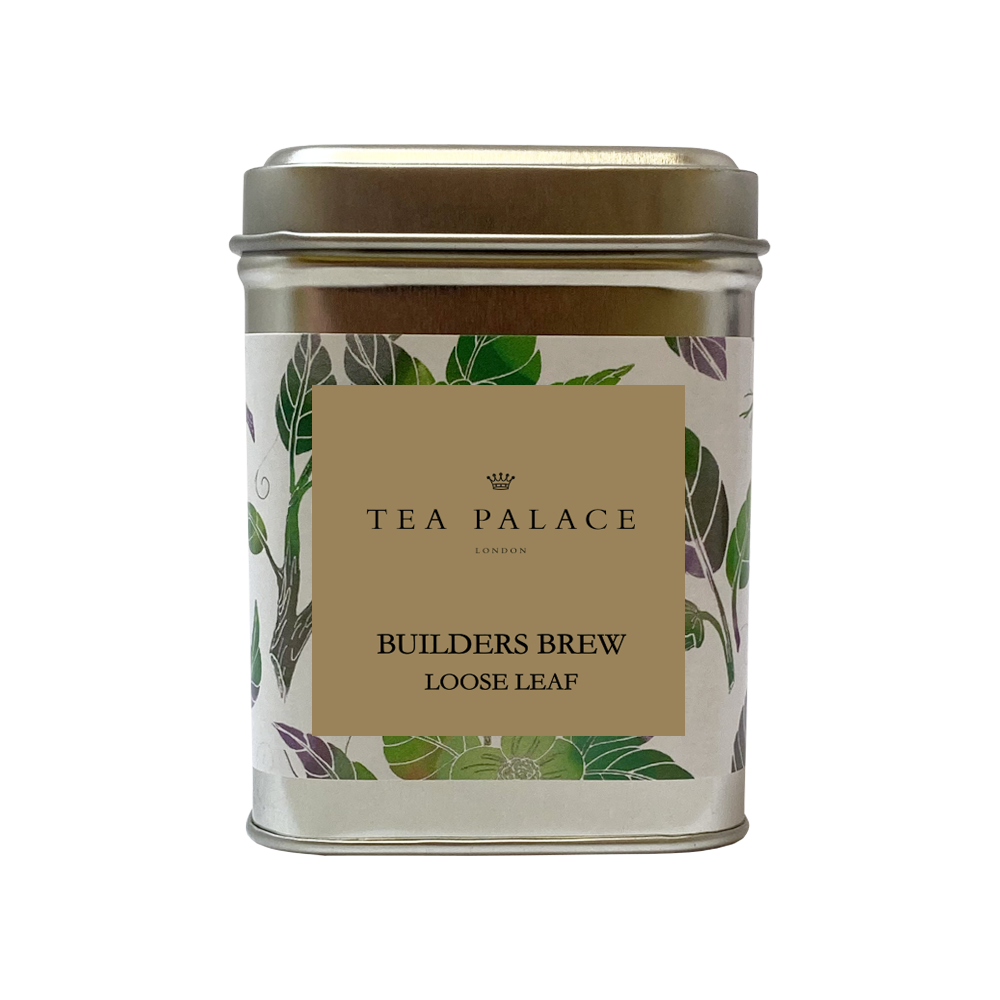
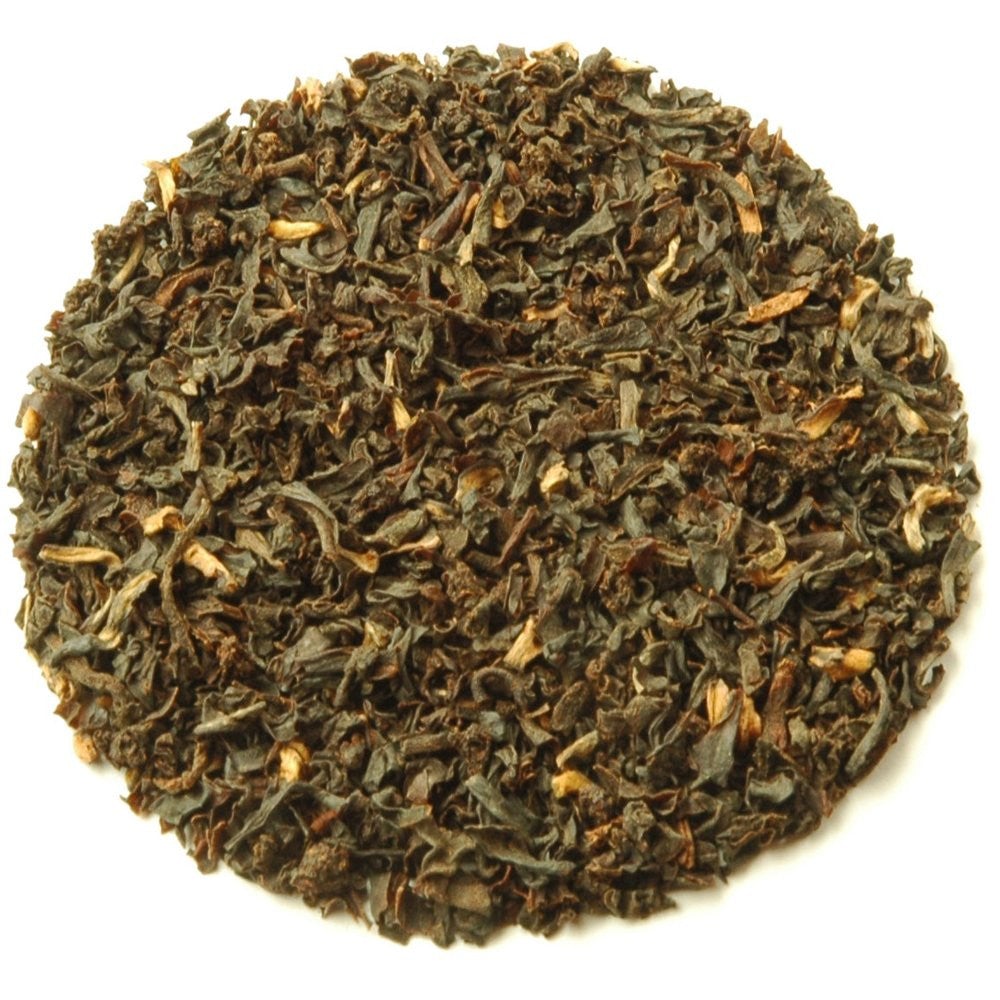
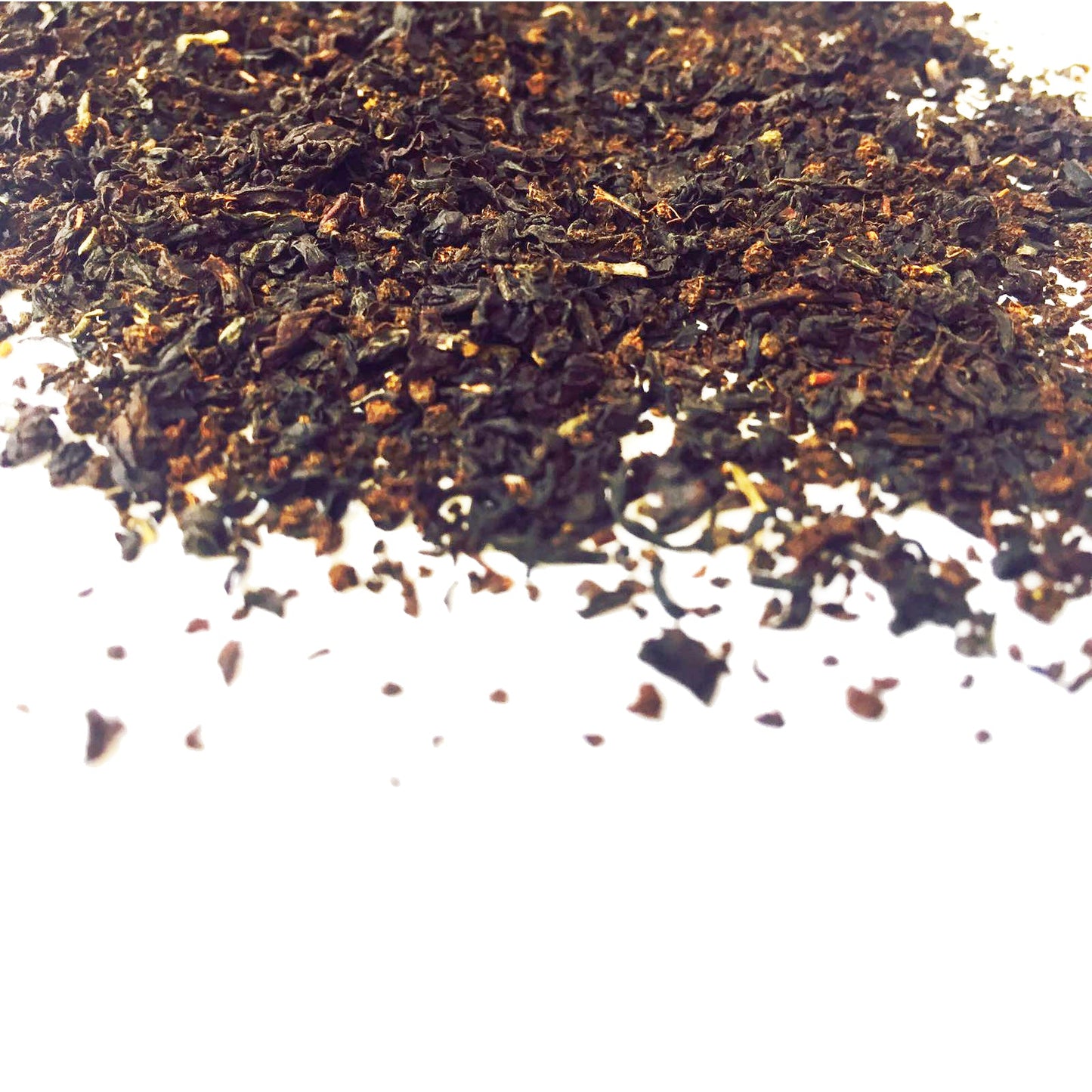
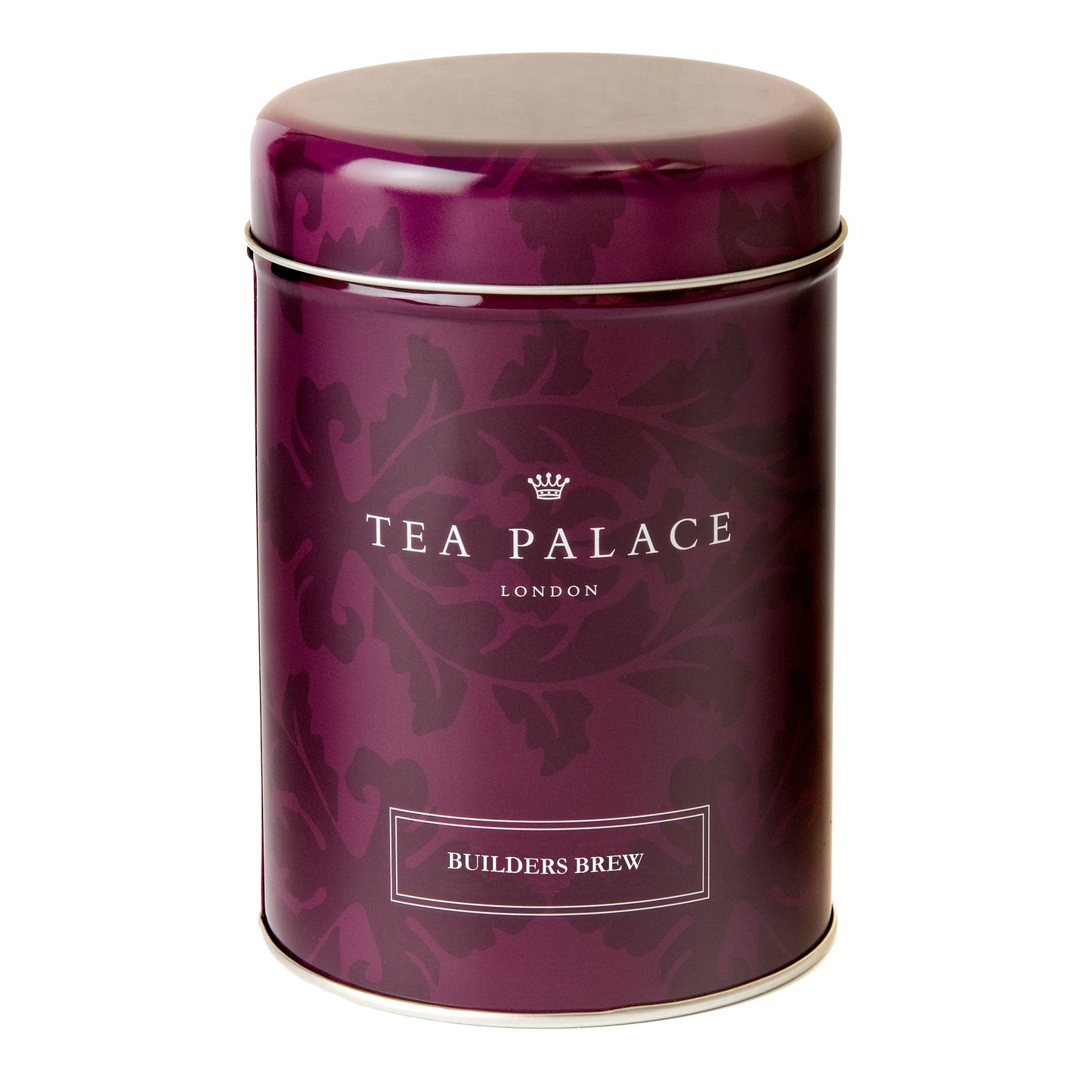
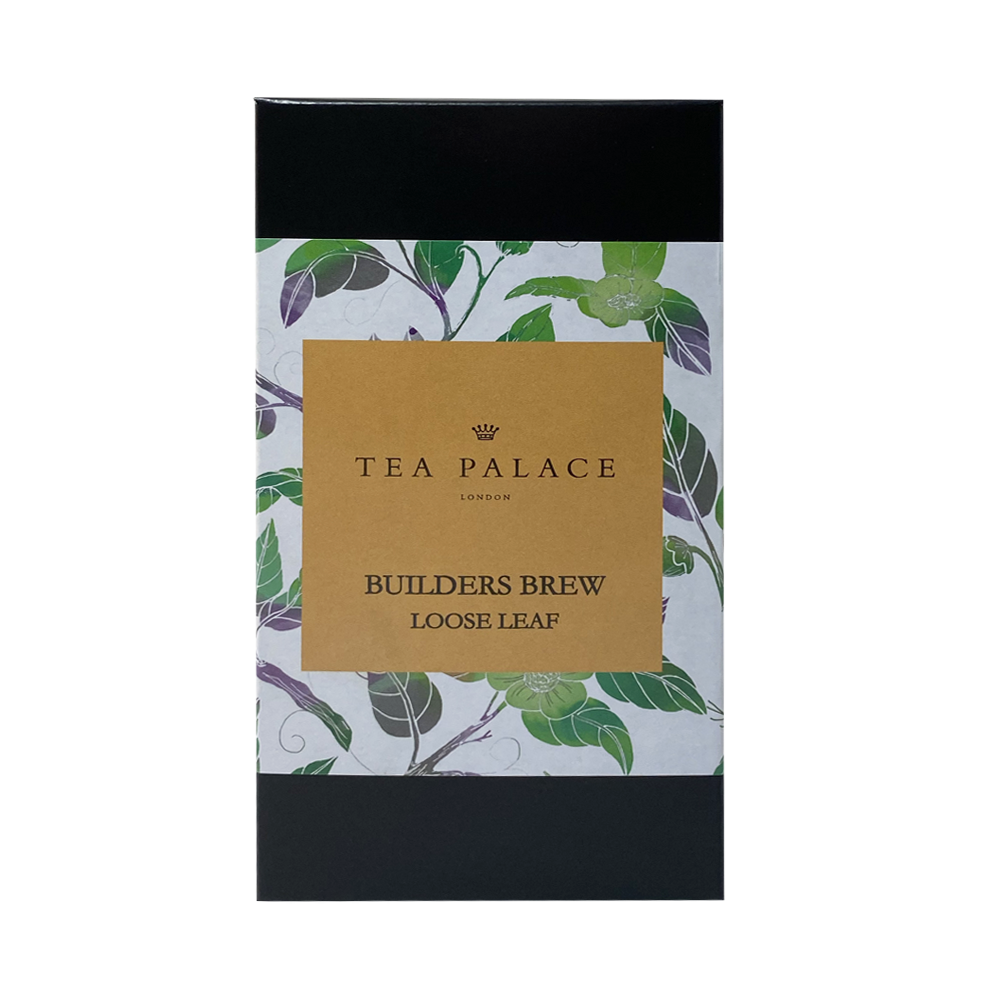
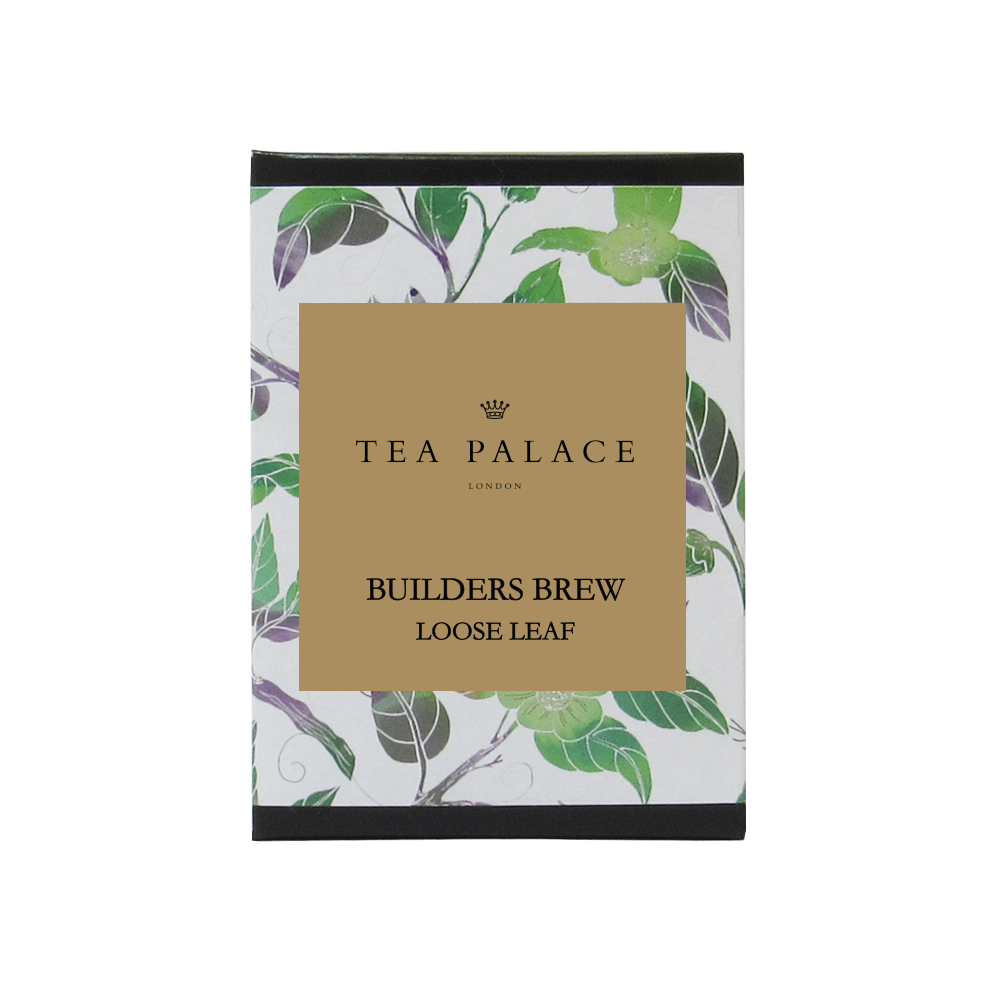
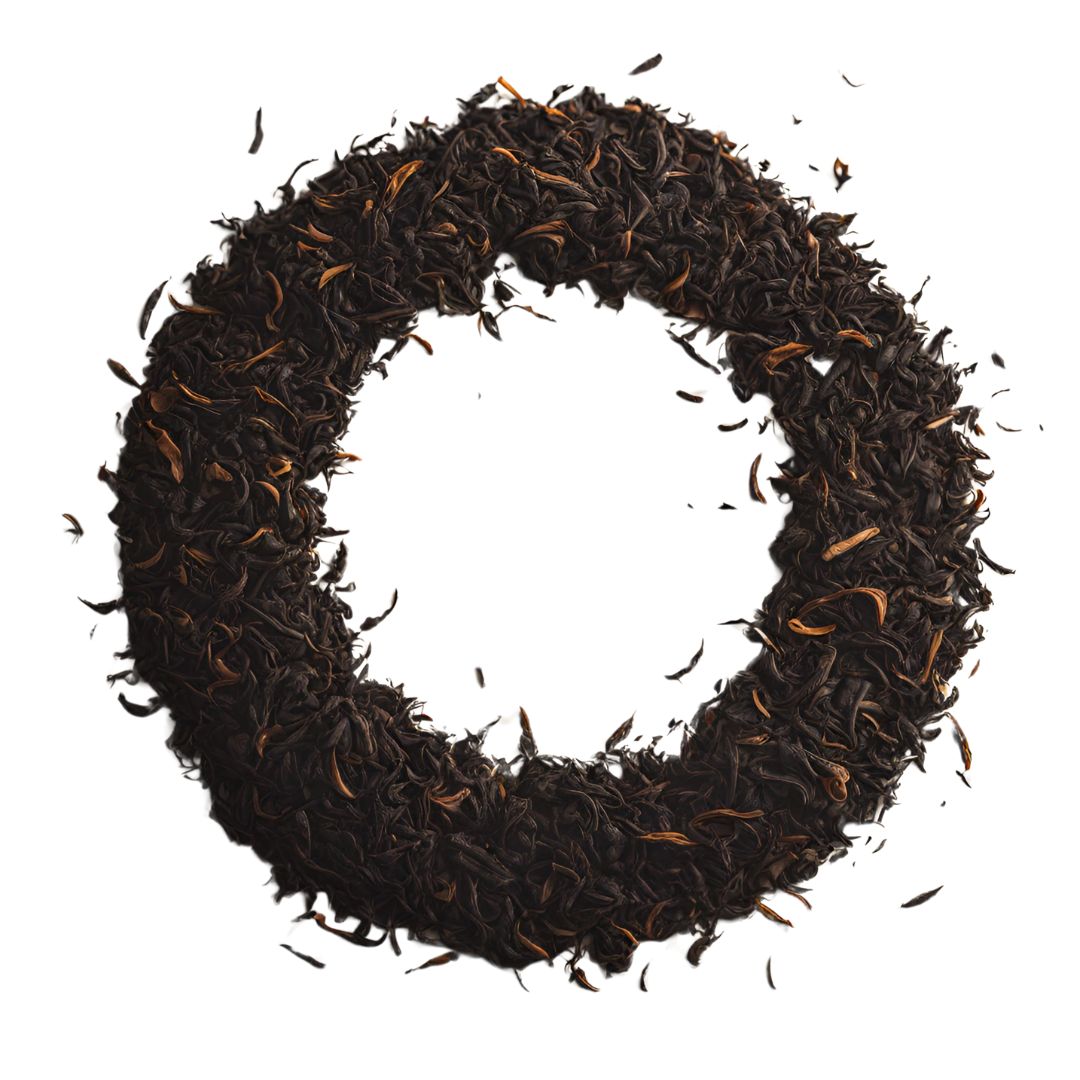
About Builders Brew
Whereas "afternoon" black teas are a story of the introduction and popularisation of tea amongst the nobility in historical Britain; the story of "builders" black teas is related to the working class and how tea became the most popular hot beverage in the UK.
As we know, black teas were introduced to the UK in the 17th century and then enjoyed at court and in royal circles, before becoming a regular feature of noble dining tables during the 18th and 19th centuries for the refined and luxurious event known as "afternoon tea". The teas served at these occasions tended to be pure, high-quality whole leaves with distinct providence and respectability.
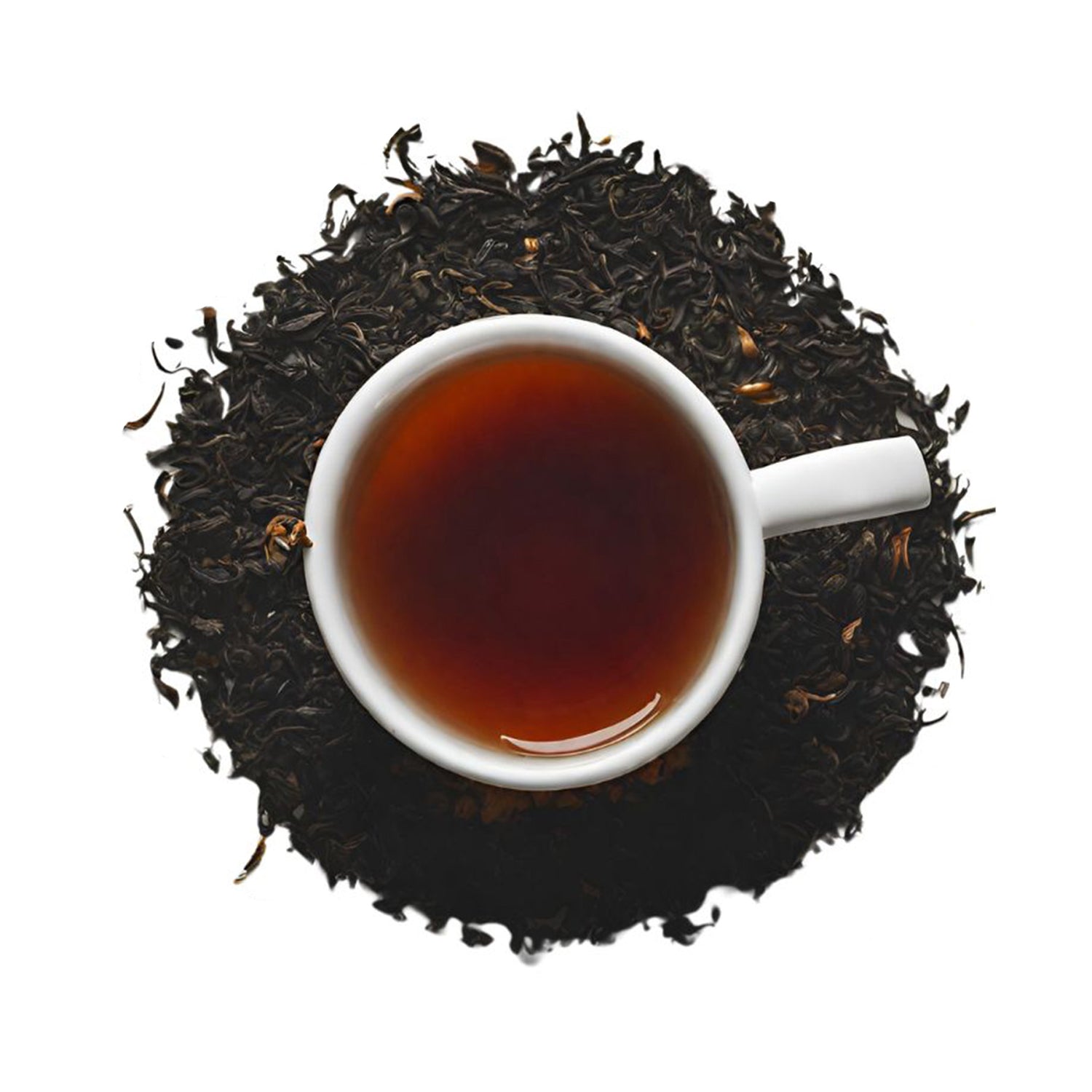
As with many fashion trends throughout British history, what was popular with the Royals tended to filter down to the lower classes, and it is no different with tea. As tea leaves became more available, lower-quality leaves resulted in lower prices until even the most lowly working-class family considered tea a kitchen staple instead of simply an affordable luxury. Indeed by the end of the 18th century, tea was the most popular drink available!
These new, lower-quality or smaller-cut teas were not just fashionable, they also served a particular purpose and were consumed for their energising, invigorating properties. For those who were manual labourers (such as builders), tea was an important part of the working day and helped to revitalise a worker's energy throughout the day. It was also commonly consumed as the accompaniment to the late afternoon meal common with workers at the end of the working day - so common in fact that the evening meal is still referred to as "tea" in many parts of the UK.
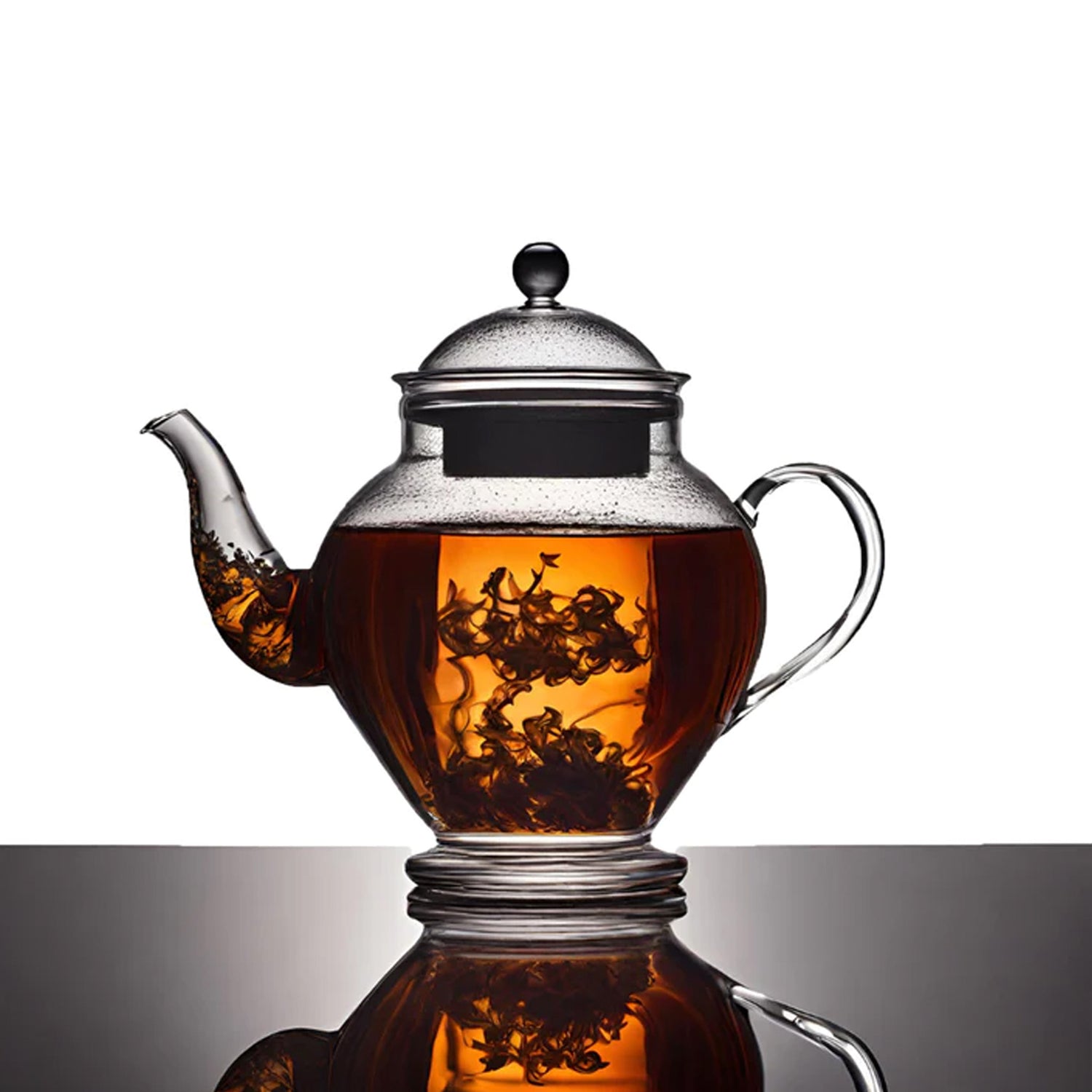
The different cuts of leaves and the tendency towards spicy Assam leaves also resulted in bolder, stronger, and often more bitter teas that worked will when served with milk, and more recently sugar. In the centuries since it was introduced many a household has sought out the strongest, most full-bodied teas with pride as "a proper cup of tea".
